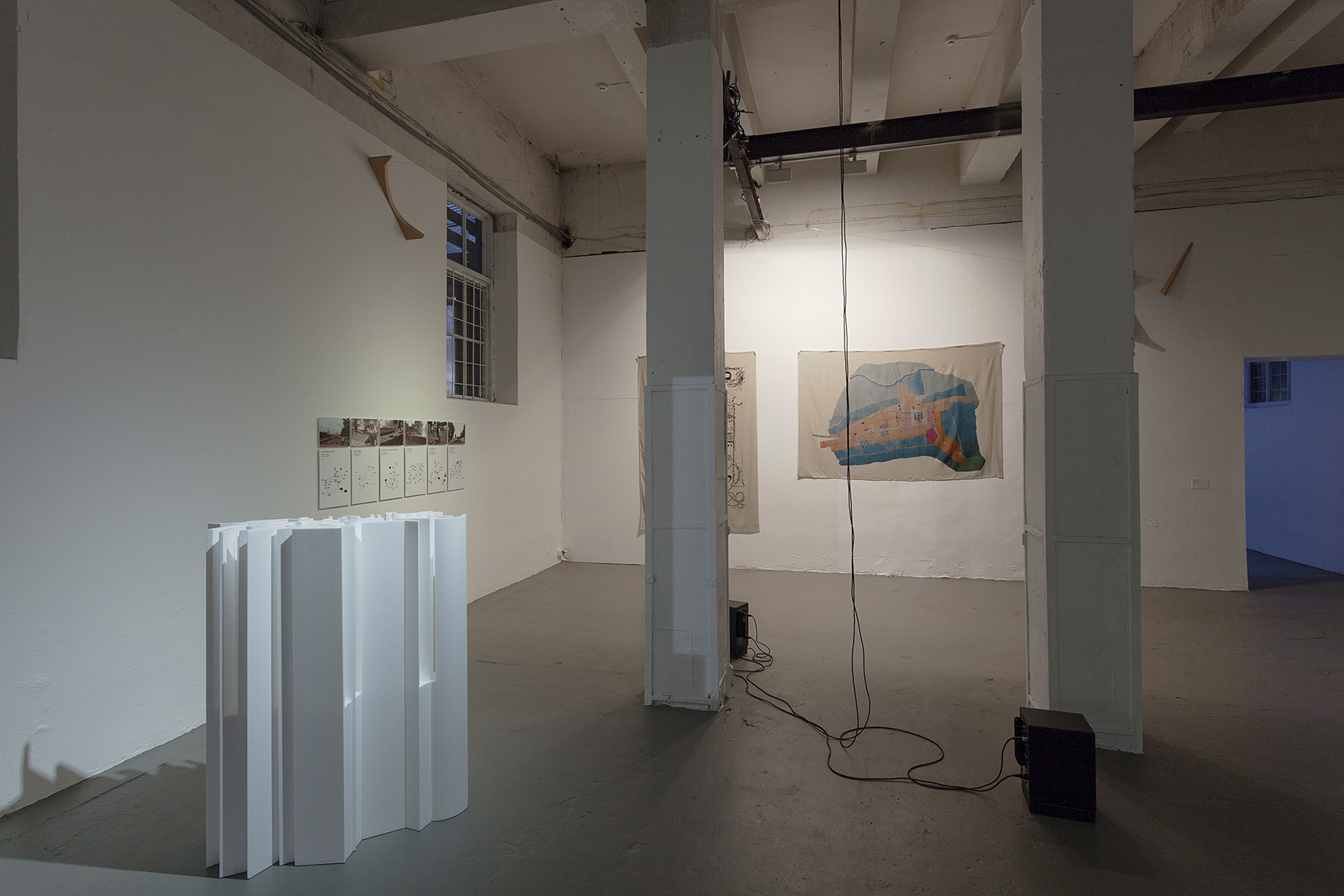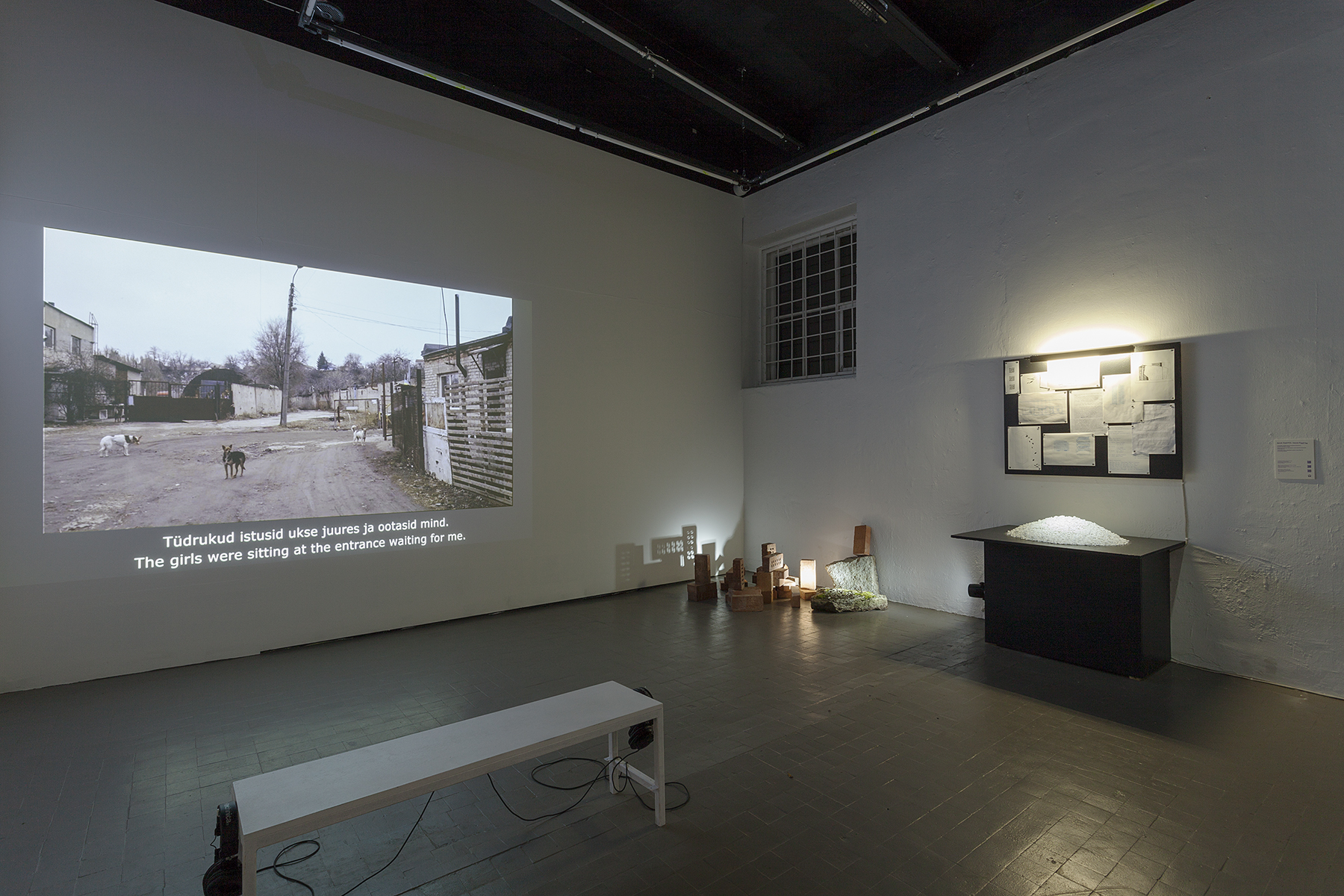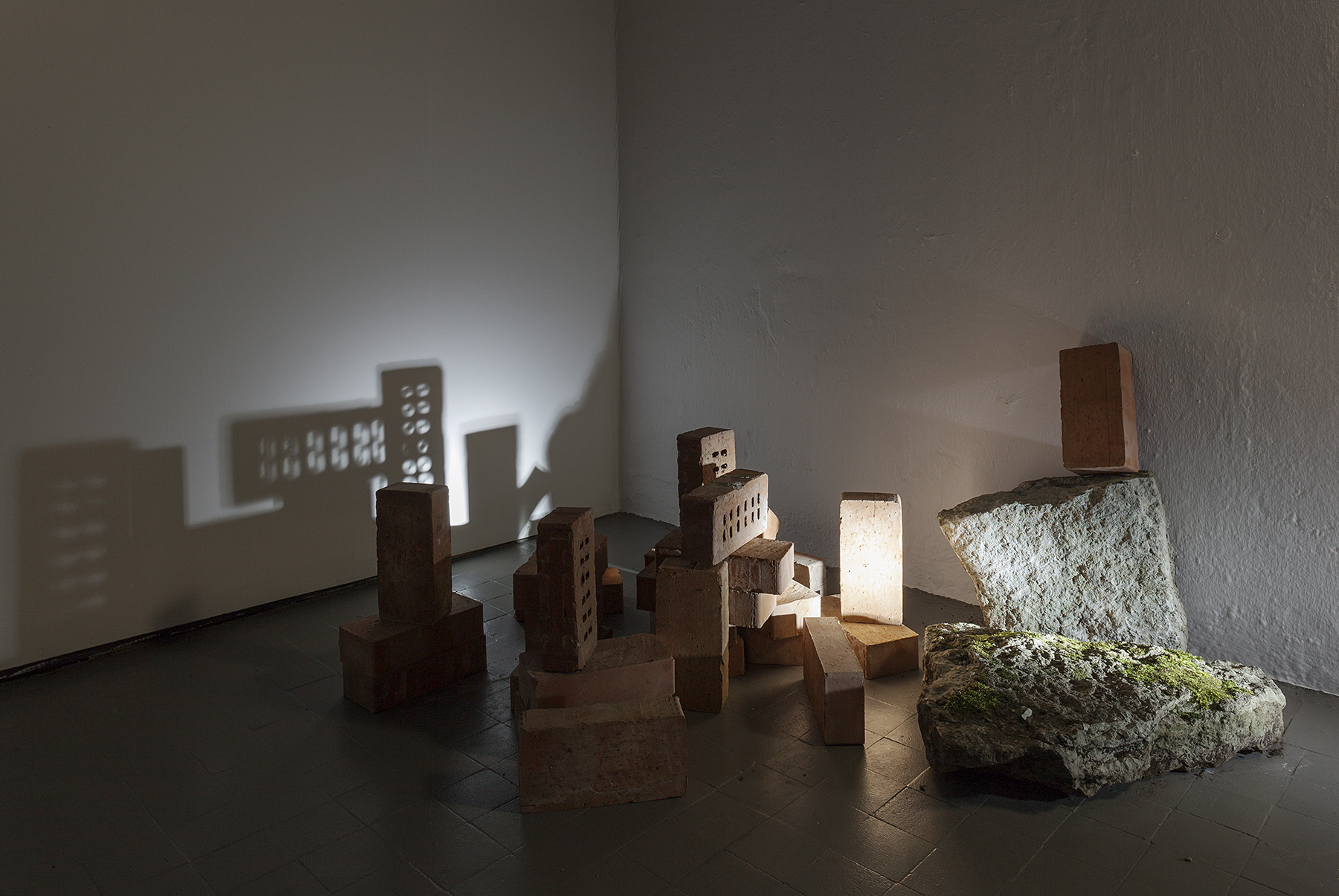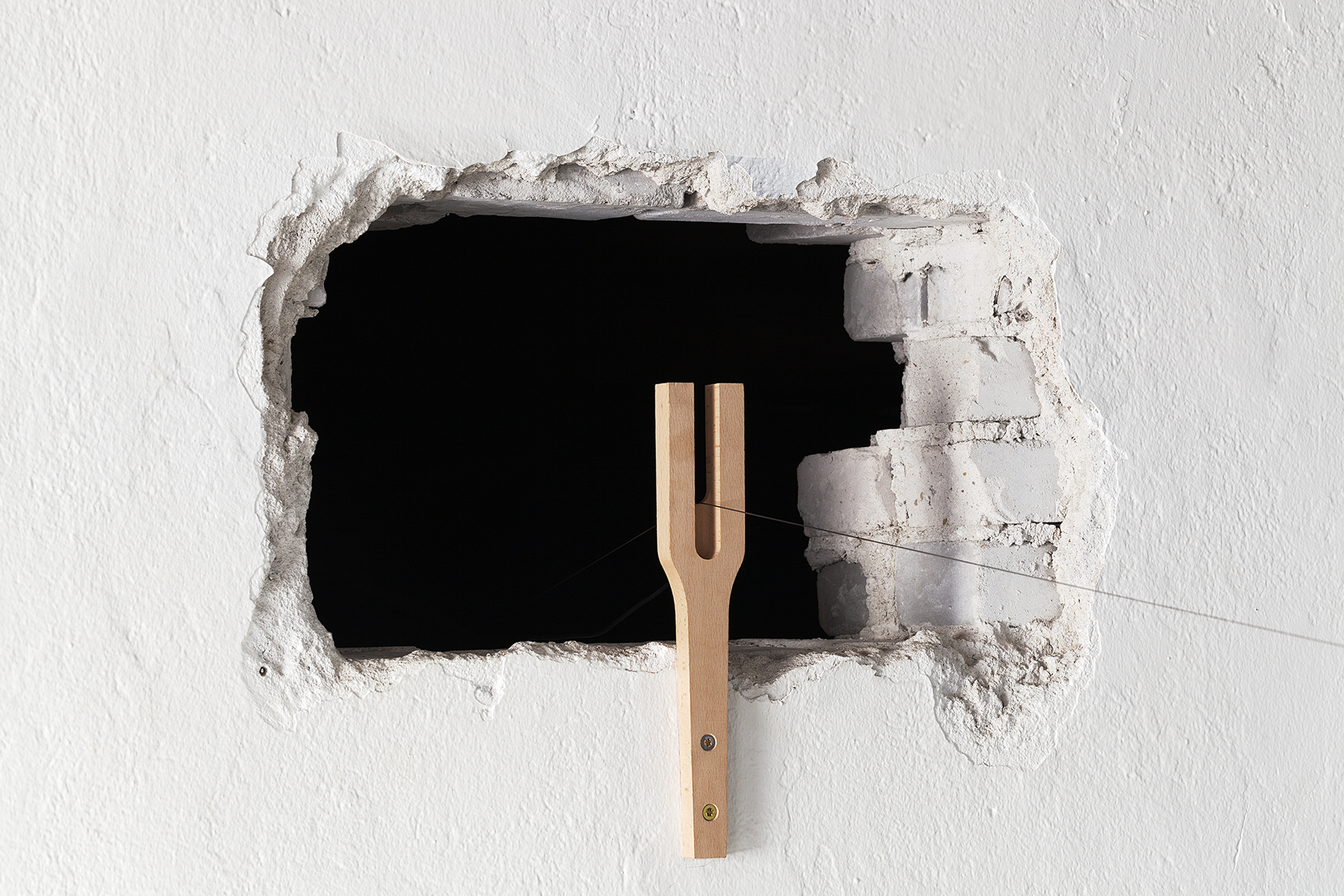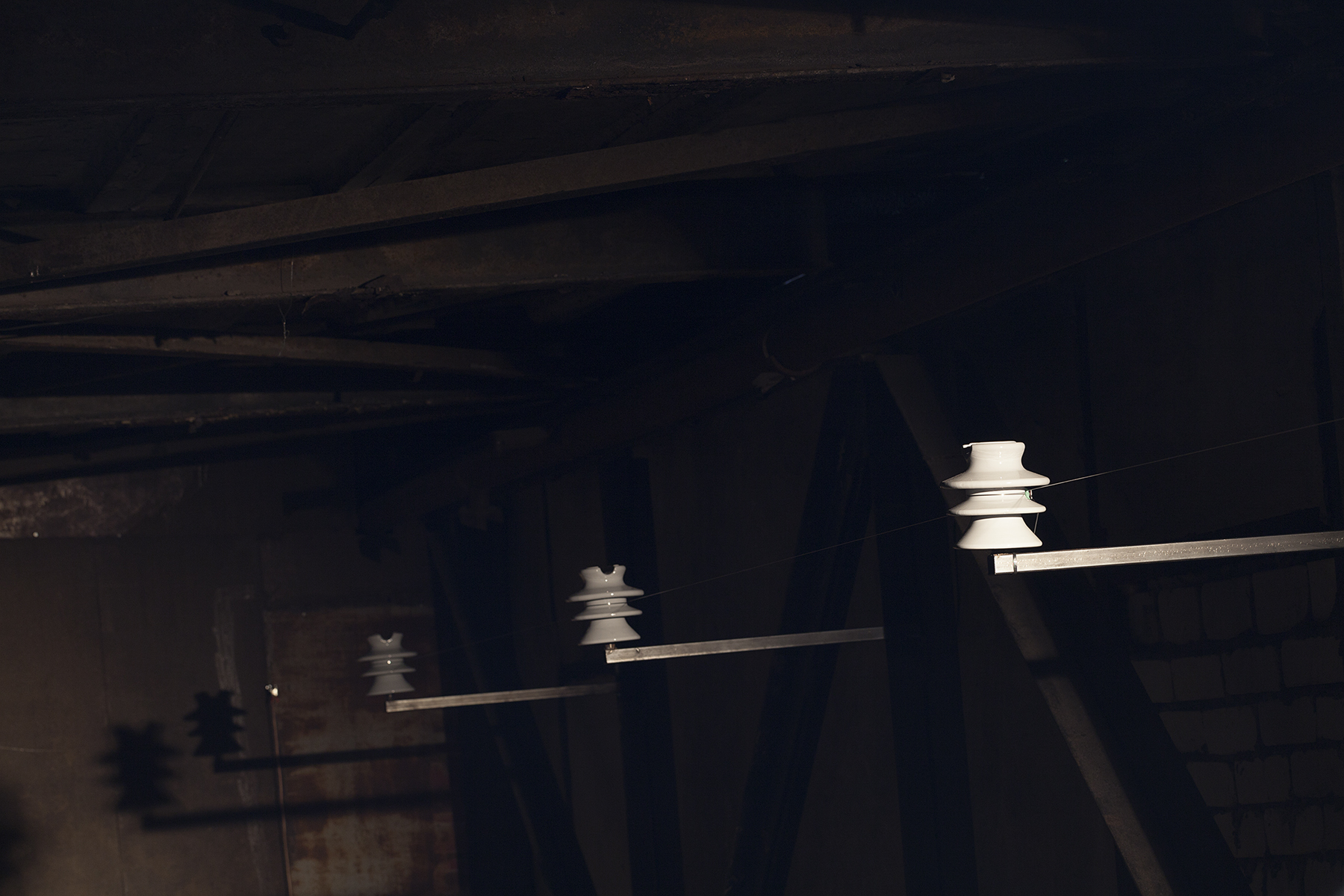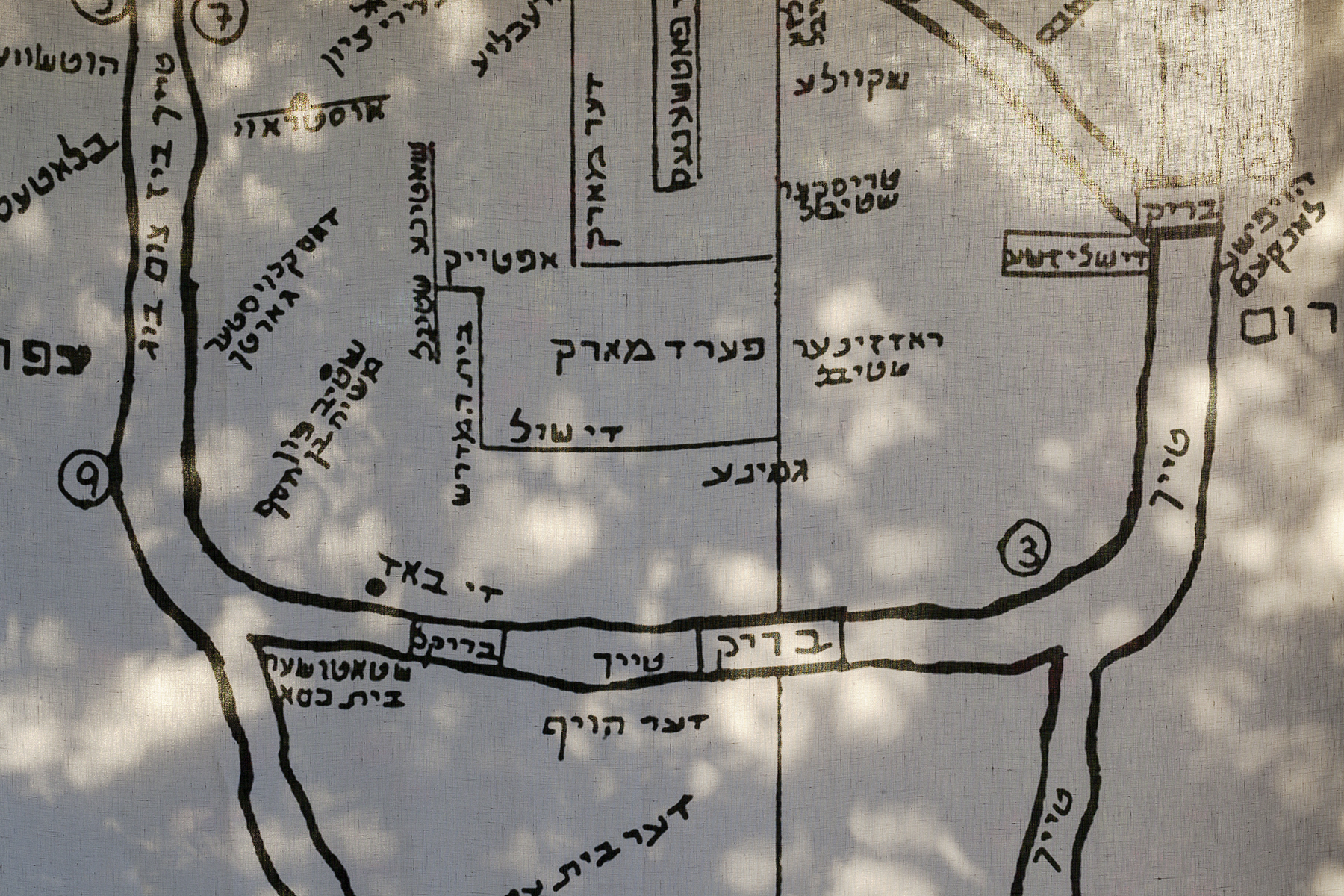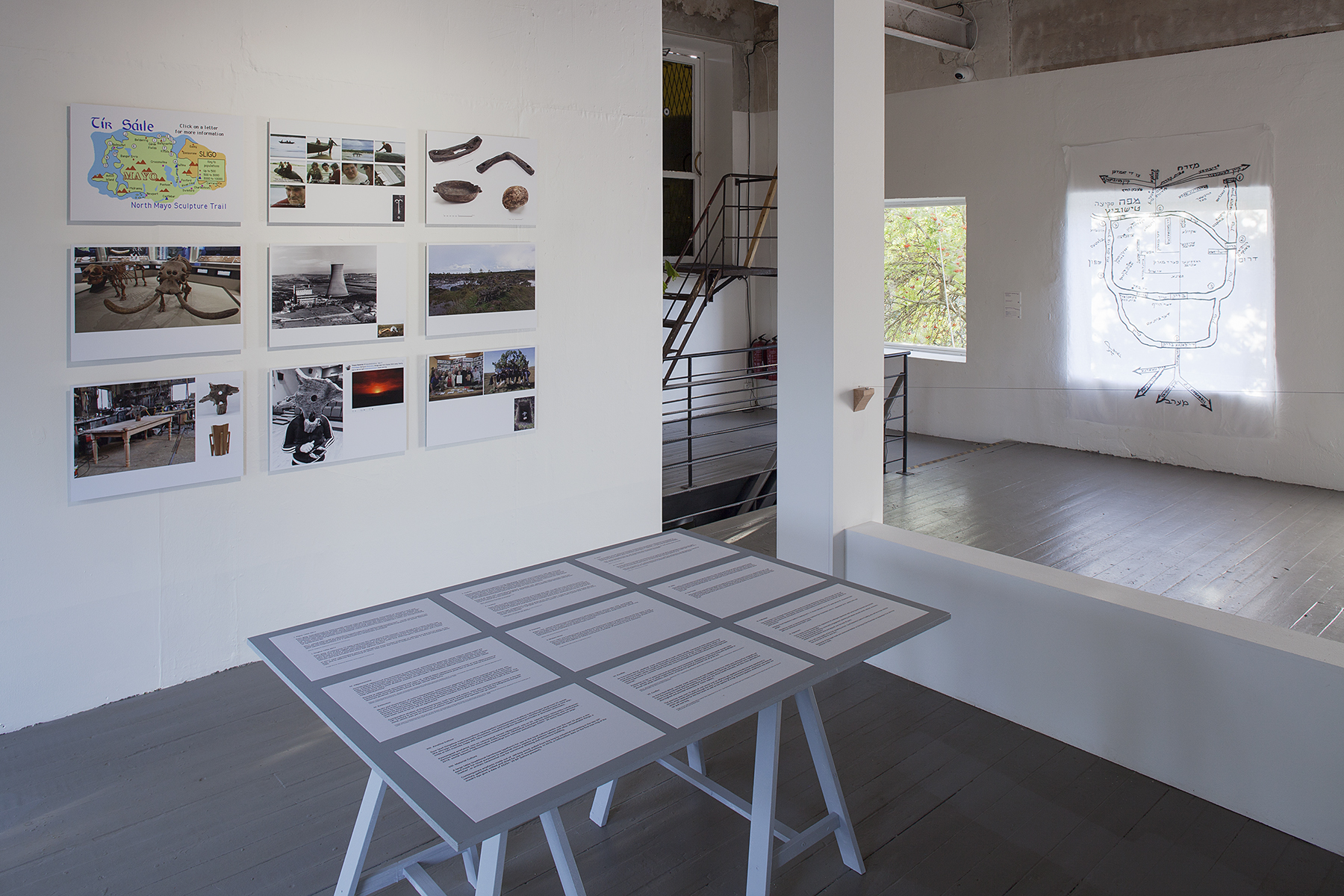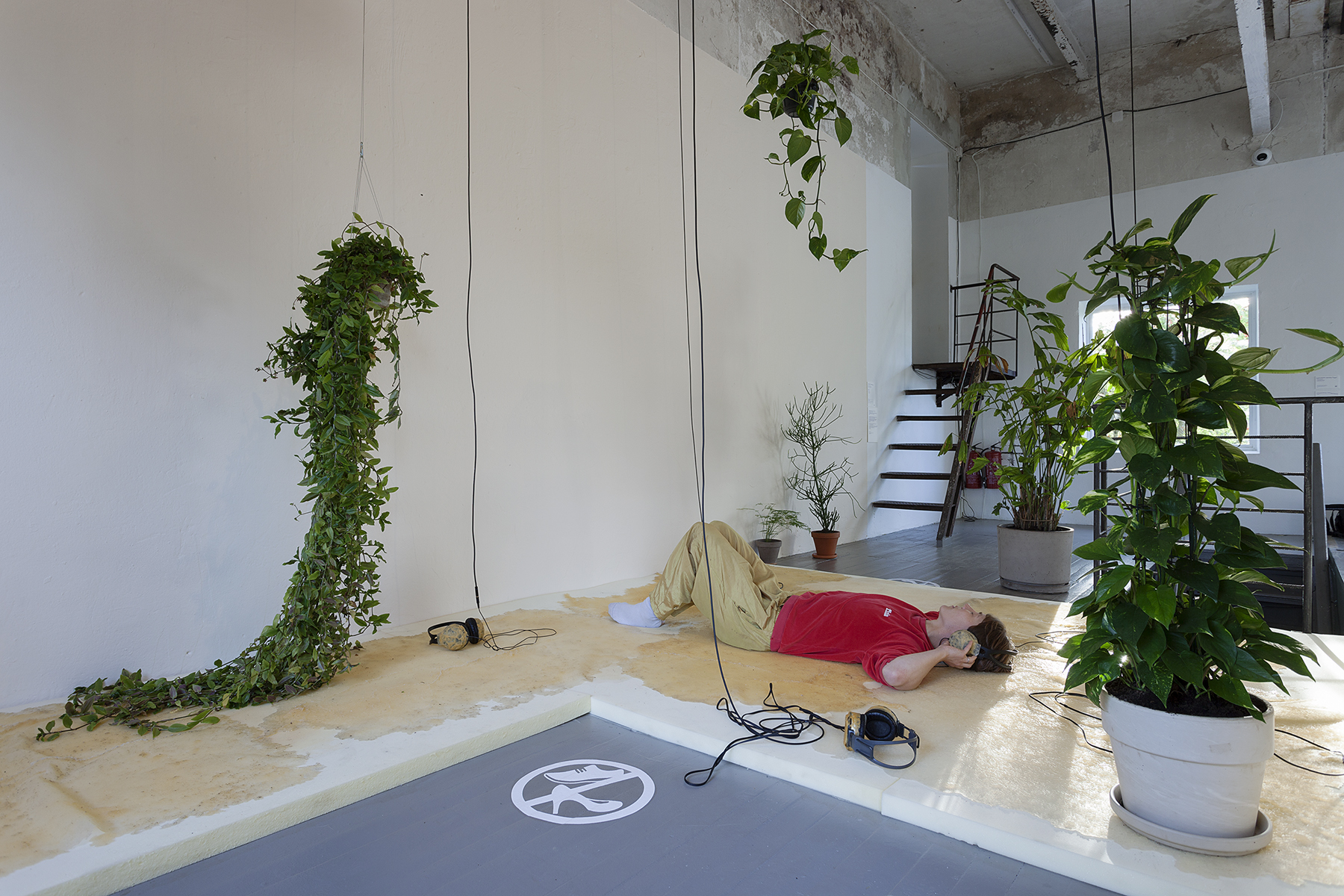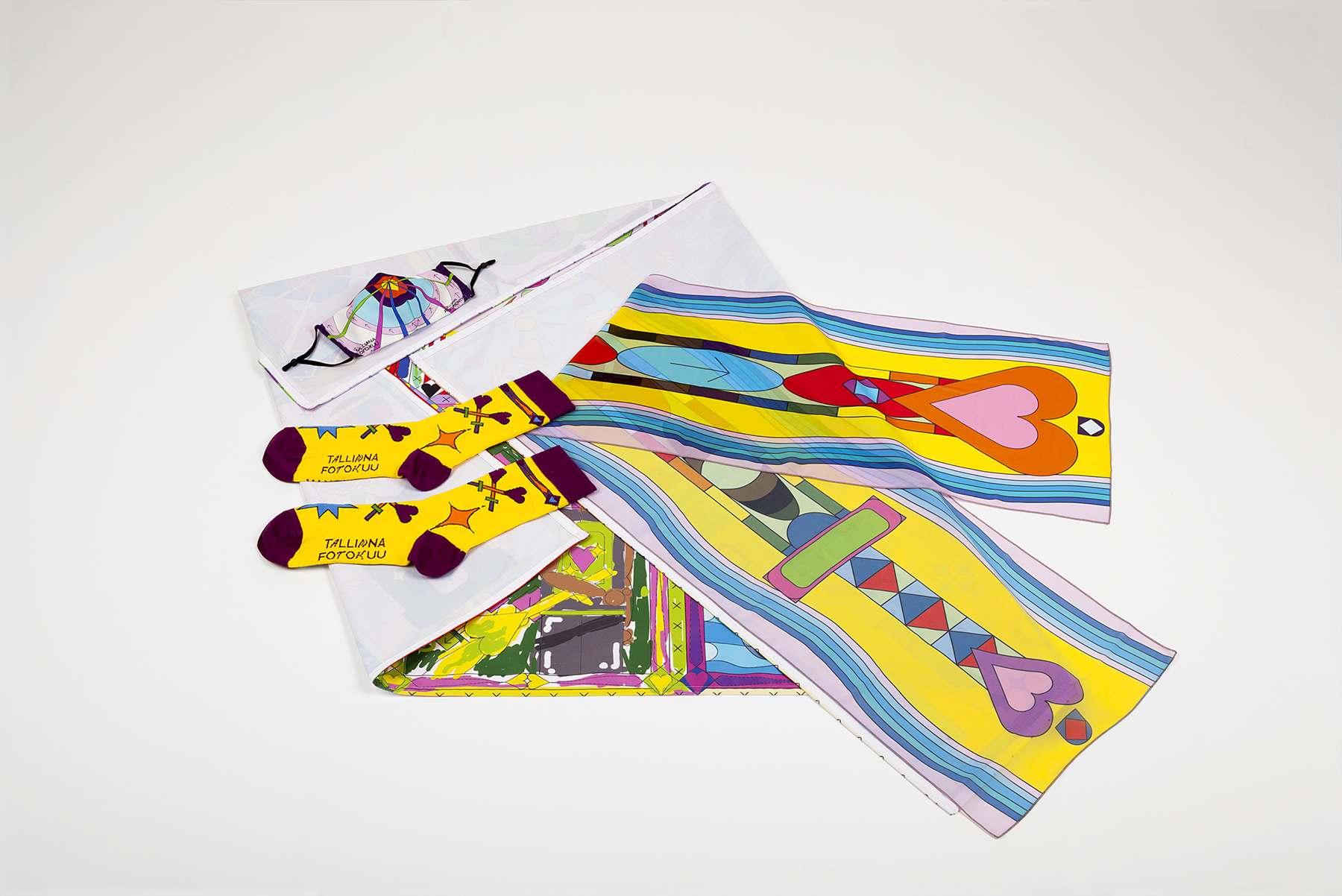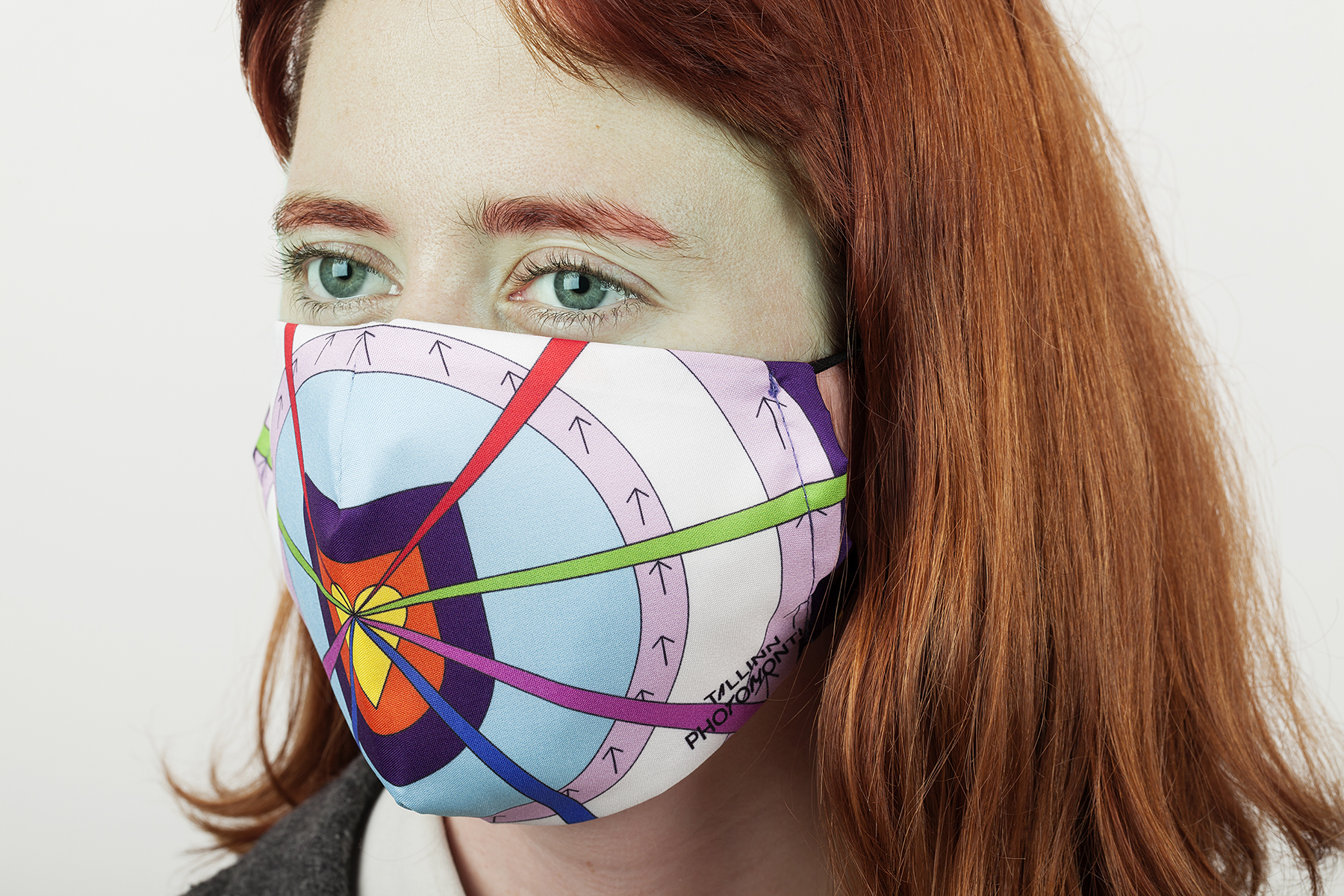Kunstnikud
Kuraator
Intensive places, the main exhibition of the 6th Tallinn Photomonth biennial, will span across the city starting from September 3. Curated by The Creative Association of Curators TOK / Anna Bitkina and Maria Veits it will be presented at the Contemporary Art Museum of Estonia (EKKM) and at four venues in different parts of Tallinn.
“The pandemic and its lasting aftermath has affected our mental and physical perceptions, and how we experience our everyday environments. Inaccessibility of space alongside enforced distancing and isolation with increased online time, have created an urgent need for new formats of mutual learning that can stimulate new, more caring and sustainable ways of coexistence with others and ourselves. With the backdrop of an ongoing political and environmental crisis, such changes would require reviewing the core societal modes of our collective being. By applying the notion of “intensive places” to the Tallinn region we’ll be undertaking the following research directions and problematics: political imaginary and decoloniality in architecture; intersectionality and urban planning; industrial heritage and its ecological traces; exploring the loopholes and vulnerable structures, public and private spaces and the hidden universes between.” Anna Bitkina and Maria Veits, TOK.
TOK has invited Estonian and international artists to develop new principles of political and environmental imagination as well as architectural, spatial and infrastructural thinking to find affirmative answers to the question “how to prepare for the future that will be based on the principles of interdependency and new ways of cohabitation?” Challenging violent power structures, reconciling social tensions, and unveiling corporate processes of the exploitation of nature across the different geographical and political contexts – from Ireland to Sudan – that would resonate with the local political and historical state of affairs. The exhibition, which is at the centre of the biennial – a network of intensive places – connects different territorial and mental locations, initiating the processes of their intensification through artistic and curatorial strategies.
At EKKM, a historical building that managed to resist rapidly increasing gentrification, Ukrainian artists Natalia Tselyuba and Yulia Appen will present a story about the conflictual feelings of returning to one’s hometown and wandering among distant memories and new experiences in a dormant neighborhood of panel housing. Poetic audio walks created by Estonian artist Anna Kaarma will guide audiences through the artist studios in the enclave of late Soviet architecture in Lasnamäe. The video work by Dutch artist Tanja Engelberts explores layers of geological time and depicts the consequences of misused space that remain long after our existence. Irish artist Gareth Kennedy exhibits a series of research panels from Time Rite (2019-2044), a sustained engagement of an area of blanket bog on the Atlantic Ocean in County Mayo, Ireland, and a 4,300 year old bog pine. Estonian artist Laura Kuusk invites visitors into an experience that suggests becoming something nonhuman through a performative installation created by a female voice and ambient sound. The installation Gathering Space, by Ola Hassanain (Sudan/The Netherlands) has emerged from an ongoing inquiry into the potential of built space as a form of political discourse. Estonian artist Roven Jõekäär who is preoccupied with “queer-archaeology”, will present recent ongoing project Queer Kalevipoeg that portrays themes of lost queer history and folklore in a format of different pieces of wearable and usable merchandise. Tali Keren (Israel/Palestine/USA) points to the layered ideological mechanisms of nation-building in Israel and how they are used as tools for occupation and territorial expansion. Turning to strategies of non-formal history preservation Natalia Romik (Poland) explores the layers of (non)memory about Jewish heritage in Europe through memory maps and interaction with current residents of former shtetls in Poland. Sound sculpture, Tabula, by Russian artist Alexander Morozov embraces the architectural space of EKKM. By reflecting on the politics of music and the history and traditions of the piano factory “Estonia” located in the Tallinn region, he connects its piano strings and elements with electric current flows, thus generating a new audio experience of the building.
Off-site locations include former socialist Viru Hotel (now Sokos), known for housing a quarter of the Soviet secret service (KGB) spying on its guests as long as until 1991. Estonia’s Madlen Hirtentreu will use the architecture, infrastructure and atmosphere of the hotel building for her performative sound installation that has an attempt to materialise fragments of political and emotional history . At The National Library of Estonia, Terike Haapoja (Finland) will present her two-channel video work Muse based on dialogues between the artist and people who are important to her, they talk about love and relations and their meaning for art practices. After that – merging into the context of a former folk house in Kopli built before WW2, which is now a community center stimulating local eco-initiatives, Jasmina Cibic (Slovenia/UK) presents a film that investigates how art and architecture can serve as soft power strategies of every political order.
The exhibition itself turns into an intensive place – a power place, where processes begin from and where they are retained, where experiences get connected and from where they disperse onto other contexts, where previously not-related actions and ideas gather and develop into new concepts that help us generate more responsible modes of existence and knowledge.
Additional exhibition venues
4.09.–12.09. & 14.10.–17.10.2021
Jasmina Cibic. Tear Down and Rebuild, 2015
Kopli folk house, Kopli 93 (entrance from the courtyard)
Opening times: Thu–Sun 16:00–20:00
Ticket information: free entrance
Not accessible by wheelchair
4.09.–17.10.2021
Terike Haapoja. Muse, 2020
National Library of Estonia, Orange Group Room in the Information Centre, 5th floor
Tõnismägi 2
Opening times: Mon–Fri 10:00–20:00, Sat 12:00–19:00
Ticket information: free entrance
Accessible by wheelchair
4.09.–17.10.2021
Madlen Hirtentreu. Inn of the Accord, 2021
Original Sokos Hotel Viru, Viru väljak 4
Opening times: Sat–Sun 15:00–19:00
Ticket information: free entrance
Accessible by wheelchair
4.09.–17.10.2021
Anna Kaarma. Lasnamäe audio expedition: poetic meanings for a functional space
Lasnamäe
Accessible 24/7
Starting points in three bus stops in Lasnamäe district:
At the Kotka (city side) bus stop
The beginning of Kivila Park, at the towers of Kivila Street 1 and 3
End of Laagna canal from Ümera 60 towers
To access the sound expedition:
Get the ECHOES app
Search for “Lasnamäe Sound Expeditions”
Register HERE
Intensive Geography
As a methodological approach to their research, TOK has employed the apparatus of intensive geography, a term coined by contemporary Russian philosopher and media researcher Mikhail Kurtov. Intensive geography builds upon the principles of humanitarian geography, analyzing the earth’s surface through the prism of human activity. Places that can both accumulate and disperse a variety of things and forms – collect objects or artifacts, gather and assemble individuals or groups, – Kurtov defines as intensive places. The terms “accumulating” and “dispersing” help us simultaneously capture the diversity of physical processes on Earth and the attitudes of humans to these processes. Intensive places allow us to see connections and overlapping between different layers and levels of reality, history, memory and contemporary political processes. They go far beyond common spaces of knowledge like a museum with an extensive collection – an ideologically-charged architectural monument repurposed due to shift of the economic paradigm, a neighborhood or a city constructed as a result of political occupation, an artificially created geological environment masking aftermath of toxic corporate actions or a community trying to collectively restore their language and memory for future generations can all be examples of an intensive place.
The Creative Association of Curators TOK
Is a female curatorial collective co-founded in 2010 by Anna Bitkina and Maria Veits in St. Petersburg as a platform for challenging the borders of the territory of art. TOK’s multilayered, durational and cross-disciplinary projects generate new knowledge about the causes and consequences of changing political realities. Often working outside of usual art spaces, TOK infiltrates social structures, bringing their strains and corrupt functions into the public discourse in order to revisit the roles and powers of social institutions and redraft their potential future. Existing at the intersection of historical analysis and the political imaginary, TOK investigates mechanisms of local governance, public space and architectural capacity, social justice and law, educational systems and others. In 2020 TOK was a winner of Russian Innovation Art Prize, 2020, for the project 1 Curatorial Forum (together with the team of the NCCA St. Petersburg) and a winner of the apexart international open call 2020-2021 with the exhibition “Voicing the Silence”. It is on view at the Fabrika Center for Creative Industries in Moscow during July-September, 2021.
www.tok-spb.org
Tallinn Photomonth ‘21: Born of intensity
Tallinn Photomonth, a biennial of contemporary art and visual culture, will take place for the sixth time in 2021. Initiated in 2011 by the Estonian Union of Photography Artists (Foku), the approach taken by Photomonth has always been current and contextual. In addition to supporting the diversity of the local contemporary art field, the creation of international contacts, reflections and collaborations, and the engagement of audiences with the topics and artists featured, has always been considered of great importance. Tallinn Photomonth hopes to provide excitement not only through its exhibitions but also with the diverse events and meetings that are intertwined with its main programme. It is a driving force that spreads its roots in the unsteady soil of the present era, creating opportunities for new interventions and re-evaluations.
* off-site locations
